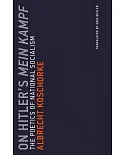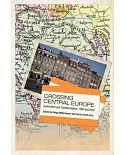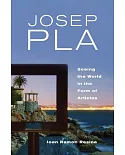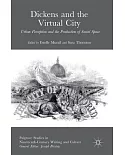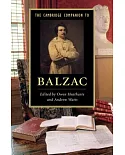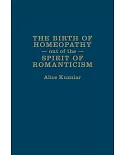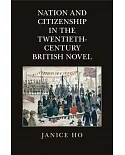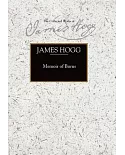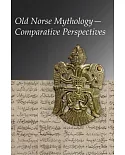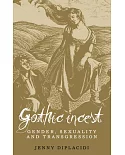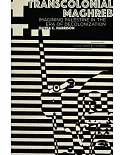Dorothy Richardson's novel cycle Pilgrimage, completed in 1938, continues to be marginalised despite the fact that in the past decade several monographs and many articles addressing the issues
of gender, genre and modernism have been published. Her work has been recuperated from oblivion primarily as a voice of feminine modernism, but the philosophical underpinnings are still
overlooked. Mapping this early modernist text against our postmodern interest in real and imagined geographies, Bronfen addresses the question of how identity is formed as a result of corporeal
and cultural positioning.
The book is divided into three parts, each concerned with one aspect of subject formation and location. The first part explores concrete spaces and how these are psychically encoded and how
they produce a sequence of sites that ultimately allow the protagonist, Miriam, to construct a coherent story about her own development as a writer. The second part analyses Richardson's use of
spatial metaphor: where boundaries between herself and communities she would like to belong to, but ultimately rejects, are repeatedly drawn. Bronfen also explores Richardson's key narrative
techniques of the use of spatial tropes involving creativity, textualisation, communication and sexuality. In the final part, Pilgrimage itself is presented as a textual space, a narrative
tapestry where the juxtaposition of events is given preference over narrative temporal sequence.


